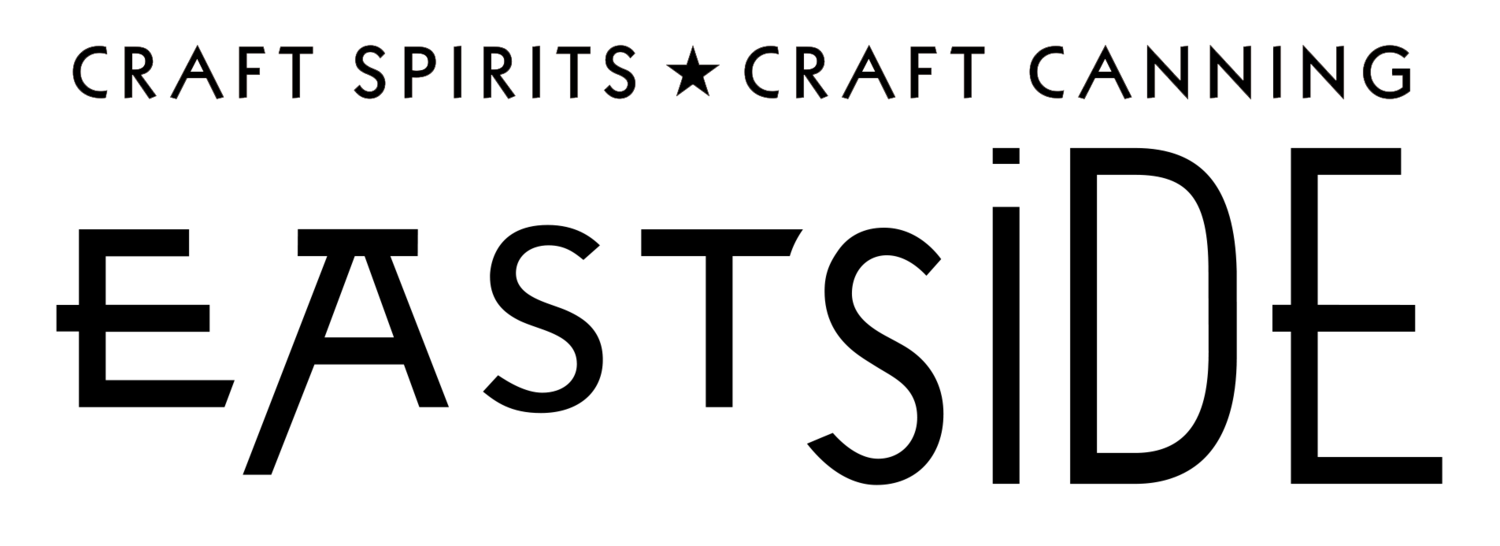The rise of craft bourbon over the last few decades has brought with it a whole slew of new terms and definitions into the average spirit drinker’s world. Chiefly among them, the wondrous and glorious category of Rye Whiskey. So what sets rye apart from other whiskeys such as bourbon and single malts? What ingredients and characteristics make rye its own category?
Breakdown
The fundamental difference that shepherds rye into its own realm of the whiskey world is the mashbill. The regulations demand that an American “rye” whiskey be made with, at the very least, 51% rye and the remaining grain bill being comprised of various ratios of malted barley and corn. After being distilled to 80% (160 proof) the newborn rye is set to rest in new, charred, American White oak barrels at no higher than 62.5% (125 proof).
To qualify as a straight rye whiskey the spirit must stay in that barrel for a minimum of two years. And to take the process one step further, producers can choose a mash-bill that is 100% rye grain to create the mythical Monongahela rye whiskey. This is a rare spirit, indeed, as rye is one of the more temperamental grains, often being cursed at by distillers for its habit of frothing uncontrollably during fermentation.
Our friends over the border up north have far fewer requirements for defining the label of a “rye” whiskey, but do require that the base blending spirit be aged for at least three years in barrels no larger than 180 gallons.
Rye whiskey distilleries create their flavor profile based on the strategic blend of corn and malted barley they choose to complement the dominant rye overtones.
Profile
Unlike sweeter, “juicer,” corn-based bourbon, rye brings a spicy, dryer style of whiskey to the table. The rye grass grain is a welcomed substitution in classic cocktails such as the Old Fashioned, Manhattan, and Whiskey Sour. The recent wave of interest in simple whiskey cocktails and home bartending has launched rye into the forefront as the spirit of choice.
Below are two examples of wildly different rye bottles worth noting for their differences and commonalities. Stylistically they are opposites, couldn’t be more different, but qualitatively they are both winners of prestigious double-gold medals from the most competitive spirit tasting in the country. It shows how vast the differences can be even when both are playing with the same set of rules.
Eastside’s Burnside Oregon Oaked Rye
Proudly producing Oregon’s finest whiskeys, Eastside Distilling’s Burnside Oregon Oaked Rye is brimming with notes that might be unfamiliar to the average rye imbiber and that was always a part of our vision and strategy. It is very rare for producers to highlight rye’s subtle, delicate notes such as mint and stone fruit. “We know it’s spicy with cereal notes but when manipulated correctly you can extrapolate fruitiness and honeyed undertones.” That’s why her blends incorporate purchased whiskey lots from the usual suspects such as MGPI and George Dickel but also some gems from craft distilleries such as her favorite 4 year pot-distilled unmalted rye produced ‘where the mountains meet the sky’. (It’s proprietary, she exclaims). Once the masterful blend is complete it will spend time aging in toasted Quercus Garryana casks, glorious Oregon Oak, then be bottled at 92 proof.
Eastside Distilling uses the indigenous Quercus Garryana Oregon white oak to put a truly unique and layered Pacific Northwest flair on rye whiskey. The oak imparts a pronounced nuance of vanilla because of the high density of the tannin vanillin present in the ultra-porous NW oak. Southern American oaks produce much less of this dessert tannin.
Burnside Oregon Oaked Rye Whiskey embodies the adventurous spirit of the Northwest craft whiskey movement. The grain ratios are unorthodox, the cool climate in which it ages stunts rapid evaporation and condenses flavor over time. You can taste that the barrel was not exposed to excessive heat. There is no trace of burning sensations in the liquid. It’s calm, cool and pleasant like the terroir that surrounds it. This expression has earned top honors at some of the most competitive and prestigious competitions, namely, double gold medals and Best of Category at the San Francisco International Spirits Competition and the New York World Spirits Competition where some of the most beloved big brands came in at second best.
Big Bottom Delta Rye
Coming out of the gate at a whopping 111 proof, Big Bottom’s Delta Rye masterfully destroys the notion that bigger is harsher. Completely abandoning the avenue travelled to create Burnside Oregon Oaked Rye, Delta Rye forged its own path as a blend of straight Indiana rye with softer three-year old Canadian rye that uses extra heat to its advantage. Baked spice, smoke and cereal grains explode with added bursts of cinnamon, orange, banana and blackberry. When you drink it you think, what the hell just happened in my mouth? I think I like it.
The higher proof bolsters an uncomfortably comfortable singe on the palate. You need another sip to tame the first. It’s a beast of a whiskey that tramps over delicate characters in a very satisfying way and is a prime example of how a rye can be engineered with no particular style to create a very specific new style which is what the craft whiskey community is all about.
The Takeaway
The roots of rye run deep, calling back to the late 1700s in the U.S. American Whiskey’s popularity by style ebbs and flows, rising and falling with each new generation. Present day craft spirits are known for bending and breaking rules with no hints of slowing down. These two rye whiskeys prove that the category has no confinements. These ryes are completely different from each other and won over the hearts and minds of the most critical palates on Earth. It’s a profound revelation as to what can still be achieved if we search beyond the status quo.
T


